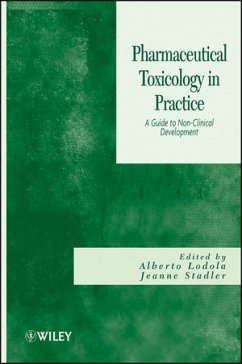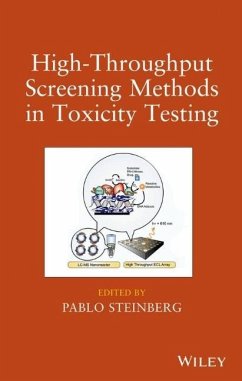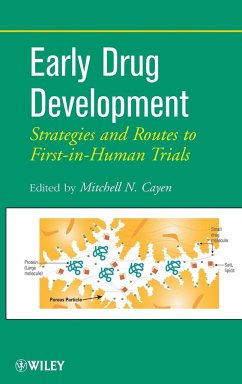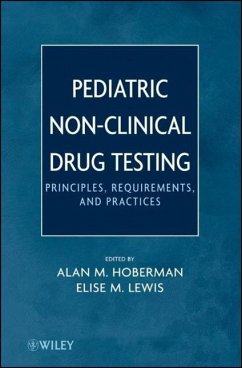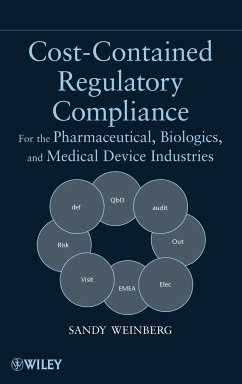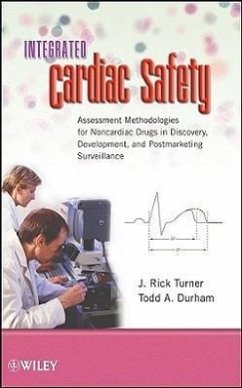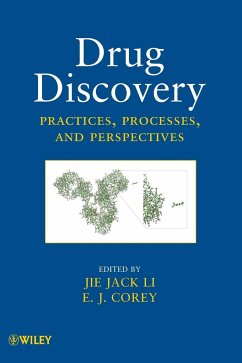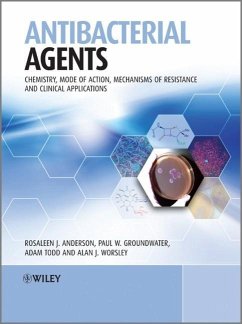
Chromatographic Methods in Clinical Chemistry and Toxicology

PAYBACK Punkte
90 °P sammeln!
Chromatographic Methods in Clinical Chemistry and Toxicology Among the vast array of methods available for biochemical analysis, chromatography occupies a venerable station. Few analytical methods have had such a vital impact on the development of clinical chemistry and toxicology. In this book, the editors have assembled a cross-section of contemporary applications of chromatographic methods used in clinical chemistry and toxicology. * The opening chapter focuses on QA and QC, emphasizing the importance of validating analytical methods that are used for clinical and forensic purposes. * Chapt...
Chromatographic Methods in Clinical Chemistry and Toxicology Among the vast array of methods available for biochemical analysis, chromatography occupies a venerable station. Few analytical methods have had such a vital impact on the development of clinical chemistry and toxicology. In this book, the editors have assembled a cross-section of contemporary applications of chromatographic methods used in clinical chemistry and toxicology. * The opening chapter focuses on QA and QC, emphasizing the importance of validating analytical methods that are used for clinical and forensic purposes. * Chapters 2 to 6 discuss applications of chromatographic methods in the detection of anabolic steroids in urine; the detection and measurement of popular nutritional supplements; measurement of L-dopa and L-tyrosine as markers of malignant melanoma; capillary zone electrophoresis combined with LC and MS to measure proteins in plasma; use of HPLC to detect abnormally glycosolated transferrin; and the measurement of catecholamines, which are specific markers of neuroendocrine tumors. * Chapters 7 to 11 focus on toxicology applications, including a description of the analysis of alcohols and inhalants; LC methods for measuring organophosphate pesticides, and the detection and identification of neurotoxins used as biochemical weapons; and a GC/MS method for measuring -hydroxybutyrate and analogues. * The final two chapters present chromatographic methods adapted to the analysis of heavy metals in biological specimens: LC and ICP to measure arsenic, mercury, selenium, and platinum in a variety of biological matrices; and measurement of heavy metals by generating volatile chelates that are separated by GC and detected by MS. The twelve applications described in this book illustrate the versatility of chromatographic methods, and the range of applications to clinical chemistry and toxicology available with this powerful analytical technique. The book provides an overview of useful methods, while emphasizing the contributions that chromatography continues to make in clinical laboratory medicine.




